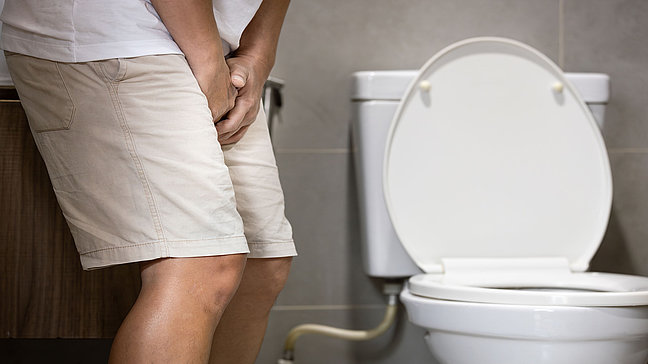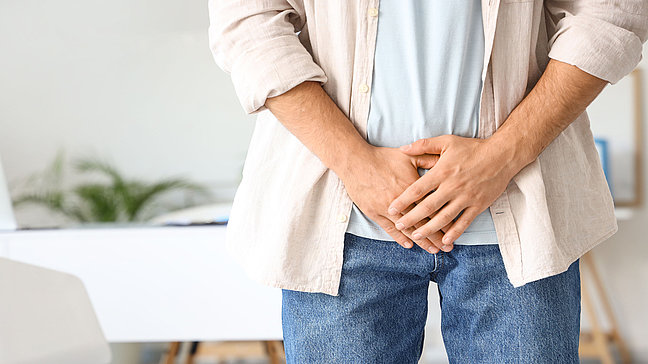
Hemorrhoids
Causes of hemorrhoids
Hemorrhoids occur due to increased pressure on the veins in the anal and rectal area. The most common causes include:
- Chronic constipation: Straining during bowel movements increases the pressure on the hemorrhoidal veins.
- Pregnancy: The growing uterus and hormonal changes can lead to hemorrhoids as the pressure on the pelvic veins increases.
- Prolonged sitting: People who spend long periods sitting, especially on the toilet, have a higher risk of developing hemorrhoids.
- Overweight: Being overweight increases the pressure on the veins in the pelvic area and contributes to the development of hemorrhoids.
Symptoms of hemorrhoids
- Bleeding during bowel movements (bright red blood on toilet paper or in the stool)
- Pain or discomfort in the anal area
- Itching or irritation in the area of the anus
- Swelling or lump formation in the anal area (in the case of external hemorrhoids)
- Mucous discharge or stool smearing in advanced cases
Diagnosis of hemorrhoids
The diagnosis is usually made through a physical examination of the anus and rectum. The doctor can identify external hemorrhoids through a visual inspection or perform a rectal examination to diagnose internal hemorrhoids. In some cases, an anoscopy or proctoscopy may be performed, where the anal canal is examined with a special instrument to assess the condition more precisely.
Treatment options for hemorrhoids
- Conservative treatment: For mild hemorrhoids, over-the-counter ointments, creams, or suppositories can be used to relieve symptoms. Sitz baths in warm water can help reduce pain and itching.
- Sclerotherapy: In more severe cases, the doctor can perform sclerotherapy of the hemorrhoids by injecting a special substance that causes the blood vessels to shrink.
- Rubber band ligation: This method is used to treat internal hemorrhoids. A small rubber band is placed around the hemorrhoid, cutting off the blood supply and causing it to die within a few days.
- Surgical removal: In severe cases or when other treatments are unsuccessful, surgical removal of the hemorrhoids (hemorrhoidectomy) may be necessary.
Preventive measures for hemorrhoids
A diet high in fiber, adequate fluid intake, and regular exercise can prevent constipation and reduce the risk of hemorrhoids. Avoid straining during bowel movements and prolonged sitting on the toilet. These measures can reduce pressure on the veins in the anal area, preventing hemorrhoids.



